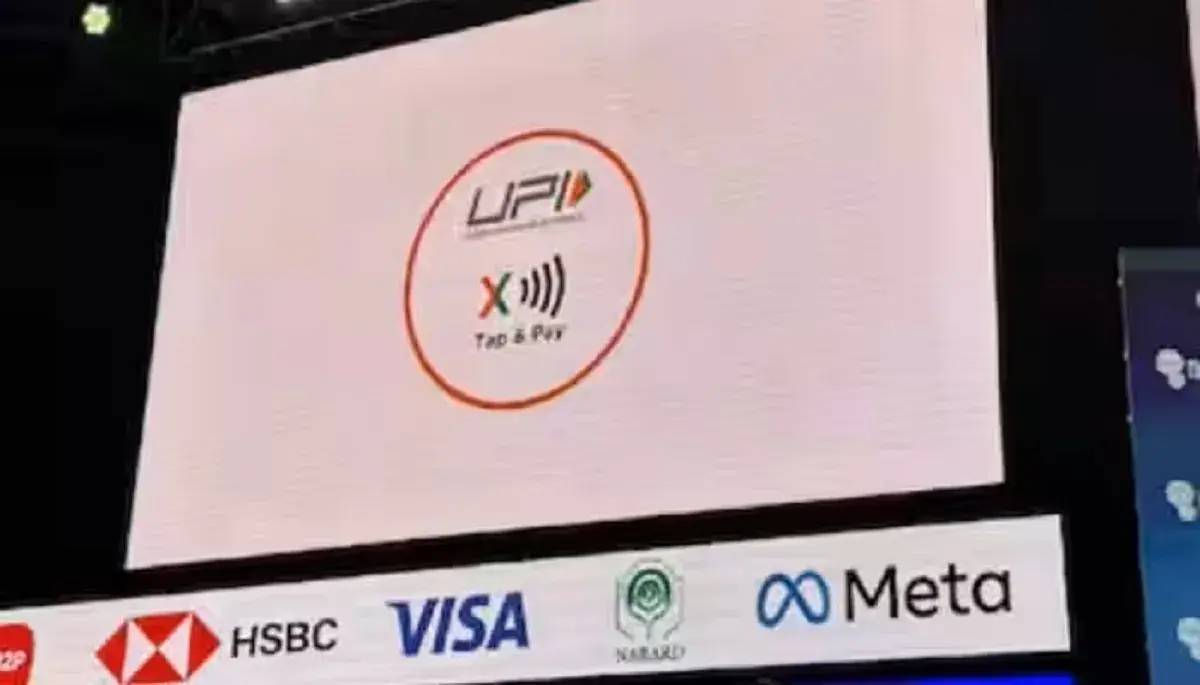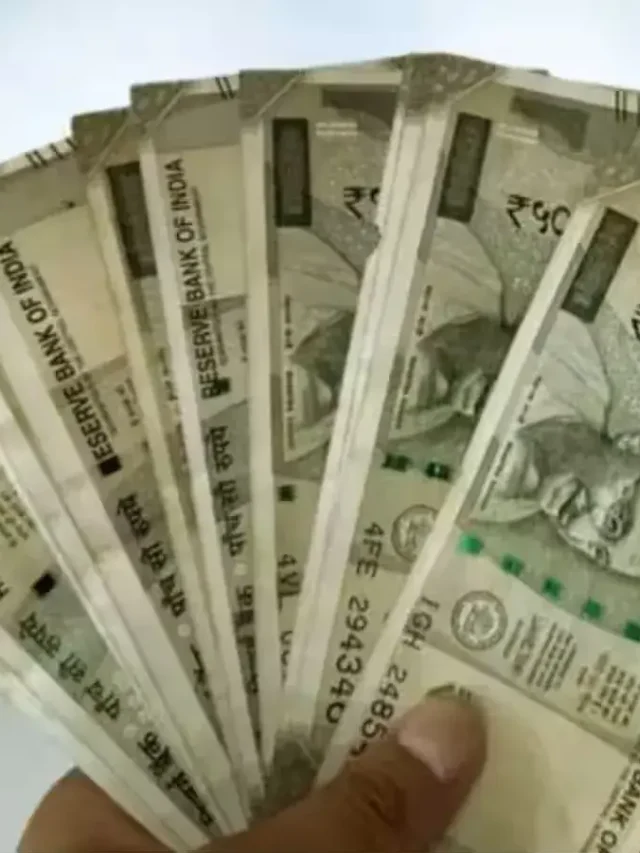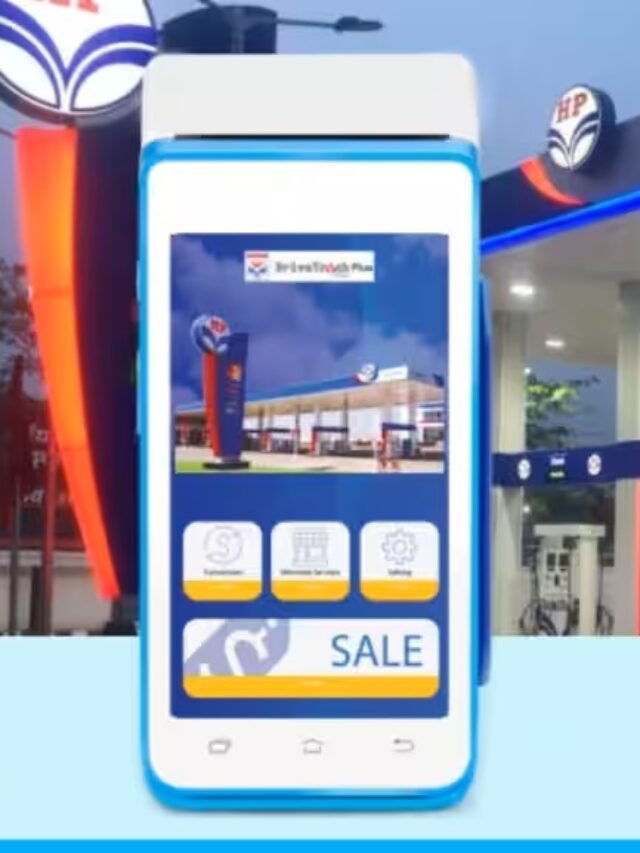Warning: Undefined array key 2 in /home/u347405708/domains/bimaloan.in/public_html/wp-content/plugins/ad-inserter/class.php on line 8208
Warning: Undefined array key 2 in /home/u347405708/domains/bimaloan.in/public_html/wp-content/plugins/ad-inserter/class.php on line 8208
In recent times, the National Payments Corporation of India (NPCI) introduced UPI Lite, a convenient method for facilitating payments of up to Rs 200, which has now been raised to Rs 500, in real-time, all without the need for a UPI pin. This innovation empowers individuals to send or receive smaller denomination amounts seamlessly by adding funds to an on-device UPI wallet.
- Advertisement -
What is UPI-ATM : Transforming Cash Withdrawals in India .
RBI Governor Shaktikanta Das Introduces UPI Lite X: A Game-Changer.
During the Global Fintech Fest 2023, Reserve Bank of India Governor Shaktikanta Das unveiled an innovative payment solution known as UPI Lite X. This groundbreaking technology enables seamless transactions between merchants and customers, even in scenarios where one or both parties are offline.
The introduction of UPI Lite X heralds an exciting phase in the evolution of the Unified Payments Interface (UPI), which has emerged as a pivotal payment method in India due to its convenience, accessibility, and cost-effectiveness.
- Advertisement -
What Sets UPI Lite X Apart: Revolutionizing Offline Transactions .
While the expansion of UPI technology across the nation has been remarkable, one key challenge remains: addressing areas with limited or no connectivity. UPI Lite X has been designed to surmount this obstacle by facilitating transactions without an internet connection. This means you can send or receive money even when you find yourself completely offline.

The Inner Workings of UPI Lite X: How It Operates .
For UPI Lite X to function seamlessly, both the sender’s and receiver’s devices must be in close proximity. This technology employs Near Field Communication (NFC) to facilitate money transfers between the sender’s on-device wallet and the receiver’s on-device wallet. In essence, payments occur within these on-device wallets, without involving bank accounts.
While specific details about the transaction limits of UPI Lite X are yet to be disclosed, this revolutionary payment solution holds the promise of transforming the way transactions occur in areas with limited connectivity, making it a pivotal development in the realm of digital payments in India.









